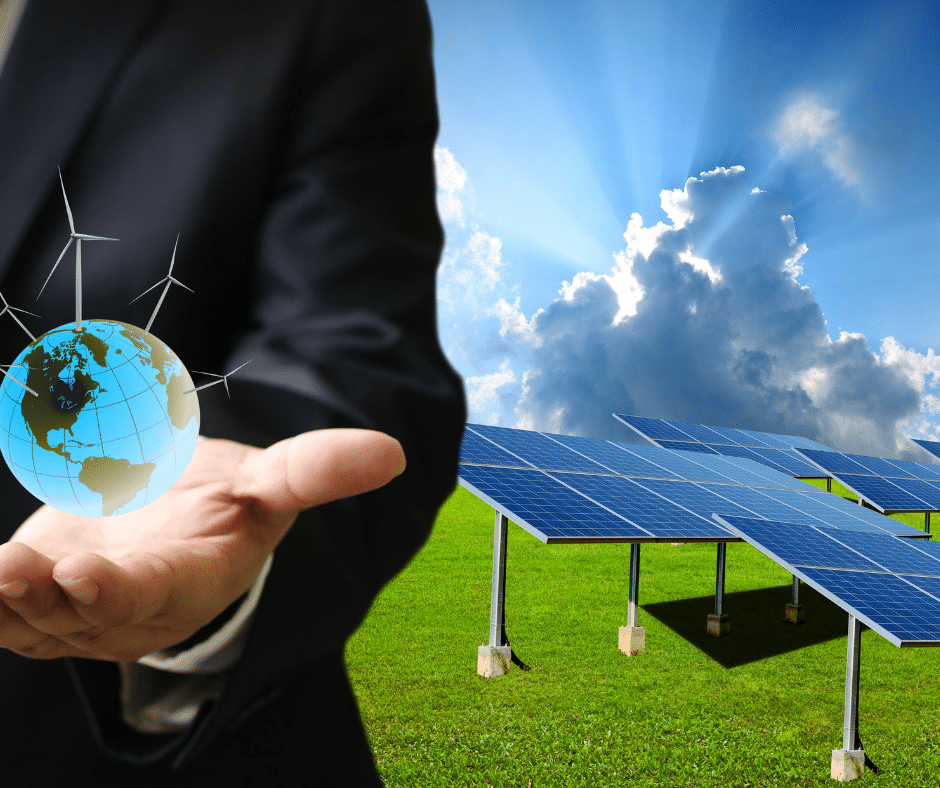The world is moving towards a more sustainable future, and one of the critical areas of focus is clean energy. A shift towards renewable energy sources such as solar, wind, hydroelectric, and geothermal power is crucial to meet the world’s energy needs while reducing carbon emissions. In recent years, there have been significant strides in clean energy technology that have brought about promising advancements.

One of the most prominent clean energy technologies is solar panels. Solar panels are devices that convert sunlight into electricity by using photovoltaic cells. They are becoming increasingly popular as they are a cost-effective and environmentally-friendly source of energy. The latest advancements in solar panel technology include the development of flexible and transparent panels that can be used on windows, car roofs, and other surfaces. These innovations are making it easier to integrate solar power into our everyday lives.
Another area of rapid development in clean energy technology is wind farms. Wind farms use large turbines to capture the energy from the wind and convert it into electricity. Offshore wind farms are becoming increasingly popular due to their ability to generate more energy than onshore farms. The latest innovations in wind farms include floating platforms that reduce the environmental impact of construction, and taller turbines that are capable of capturing higher wind speeds at greater heights.
Hydroelectric power is another renewable energy source that has been around for a long time. Hydroelectric power plants generate electricity by using the force of falling water to turn turbines. The latest advancements in hydroelectric power technology include the development of underwater turbines that harness the energy of ocean currents and tidal flows. These innovations are opening up new possibilities for the integration of hydroelectric power into our energy mix.
Geothermal power is another clean energy source that utilizes the natural heat of the earth to generate electricity. Geothermal power plants extract heat from underground and convert it into electricity. The latest innovations in geothermal power technology include the development of enhanced geothermal systems (EGS) that can generate power in areas where traditional geothermal plants are not feasible. These systems drill deep into the earth’s crust and create artificial geothermal reservoirs, allowing for the creation of geothermal power plants in areas where the natural heat sources are insufficient.
In addition to these renewable energy sources, there are also emerging clean energy technologies that are showing great promise. One such technology is energy storage. Energy storage systems are used to store excess energy generated during peak periods for use during times of high demand. The latest advancements in energy storage technology include the development of large-scale battery systems that can store renewable energy for use in times of low production. These systems are helping to overcome one of the main challenges of renewable energy – its variability.
Another emerging technology is carbon capture and storage (CCS). CCS is a process that captures carbon dioxide emissions from industrial processes and power plants and stores them underground. The latest advancements in CCS technology include the development of more efficient capture methods and new ways to utilize captured CO2, such as for enhanced oil recovery or converting it into useful products like cement.

In conclusion, the latest innovations in clean energy technology are showing great promise in moving towards a sustainable energy future. Solar panels, wind farms, hydroelectric power, geothermal power, energy storage, and CCS are just a few examples of the technologies that are making it possible to reduce our reliance on fossil fuels and transition to a cleaner, greener energy system. The challenge now is to continue developing and scaling these technologies so that they can be widely adopted and integrated into our energy mix. With continued investment and innovation, we can build a brighter, more sustainable future for generations to come.
